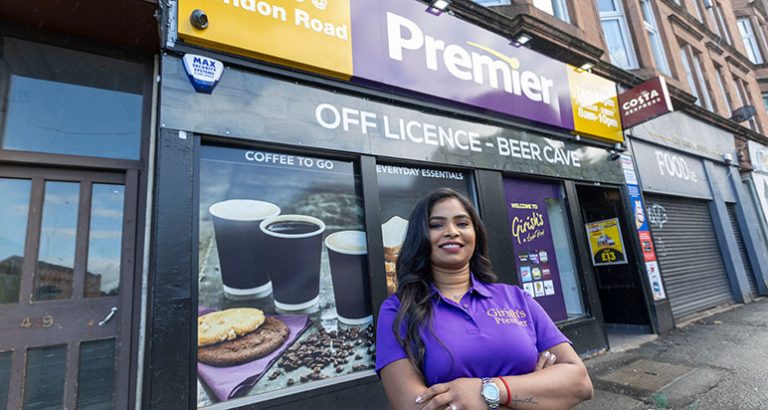With even more options available to retailers, it can be a complex and difficult process to understand the pros and cons of each symbol group — which is why SLR will be taking the hard work out of it for retailers by presenting a guide to the current options available.
by Émer O’Toole
The number of independent retailers joining fascias and franchises continues to grow year on year and it’s easy to understand why. In an increasingly competitive marketplace, being part of a nationally recognised group (and all of the support that comes with it) can be the difference between success and failure. We examine the strengths of the sector and its major players.
Convenience stores are now visited on average 12 times a month — more often than any other type of grocery format, according to findings from IGD’s ShopperVista research. This would explain why all types of retailers are now placing significant focus on this channel.
Joanne Denney-Finch, Chief Executive at IGD, says: “As the trend for shopping little and often shows no signs of slowing down, maintaining momentum in the convenience channel requires a clear understanding of local shoppers’ requirements on pricing, promotions, range and missions. Those convenience players that stay close to these requirements will be well placed to unlock the genuine growth opportunities presented by the channel.”
From April 2014 to April 2015, the number of symbol groups in the UK increased by 1.6%, according to IGD Retail Analysis 2015. The symbol market in Scotland is growing, with all groups competing to win the business of local retailers — and more retailers are joining groups due to increased competition. In Scotland, sales in symbol stores increased by 3.9% last year, compared to just 0.5% in unaffiliated stores.
The convenience channel is facing stiff competition from other parts of the grocery market. Shoppers are increasingly top-up shopping throughout the week, but using a number of different channels to meet their needs, from convenience stores and food discounters to supermarkets and hypermarkets. Although supermarkets continue to grow their convenience store offerings, the announcements by Tesco and Morrisons to close some c-stores and scale back expansion plans are a reminder that being in convenience isn’t enough to ensure success.
These figures reveal that symbol convenience operators have stepped up to the plate — as they needed to do. While some are clearly struggling through loss of scale, the ones that have improved their proposition have been able to grow store numbers and encourage unaffiliated independents to join their fold in increasing numbers. As a result, they are proving much more effective at competing against the multiples.
Last year, Booker’s Premier continued its rapid UK expansion and confirmed its status as the biggest single independent convenience network, while Best-one boosted its store numbers by 214. Meanwhile, Malgrave took the strategic move to divest 327 stores from its Londis and Budgens fascias, as it sought to rebase the loyalty and discipline of its retailer networks. The launch of One-stop in Scotland has created an option that was never previously available, and so competition intensifies. One Stop has launched nine stores in Scotland over the last year. The Tesco subsidiary has opened company-owned and franchise stores, which gives independent retailers an entirely new concept. With huge buying power and insight into shopper habits, One-stop is set to grow dramatically in Scotland.
While unaffiliated retailers can push their businesses as far as they can, there is a strong argument that only by joining a symbol group can a local retailer truly be able to provide an offering that can compete with the competition.
There are a huge number of reasons for remaining unaffiliated: there’s the freedom to do what you want to your store, when you want to. You’re not obliged to spend a specific amount of money on stock, you can choose to buy what you want from where you want.
For many retailers that is enough to ensure their complete independence. As the statistics prove, however, more retailers are joining symbol groups. More fascias are entering the market and the increased competition has undoubtedly improved the standard of stores over the past decade. Tiering structures have been introduced by many symbol groups, with premium offerings available by some, while others base different fascias on store sizes.
All of these reasons – and many more – are discussed below, and throughout, it’s worth remembering that the ability to become more competitive acts as a platform for a store to reach new heights.






